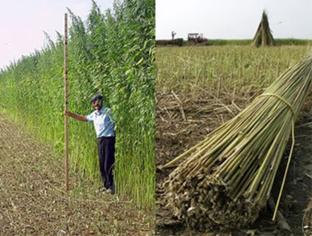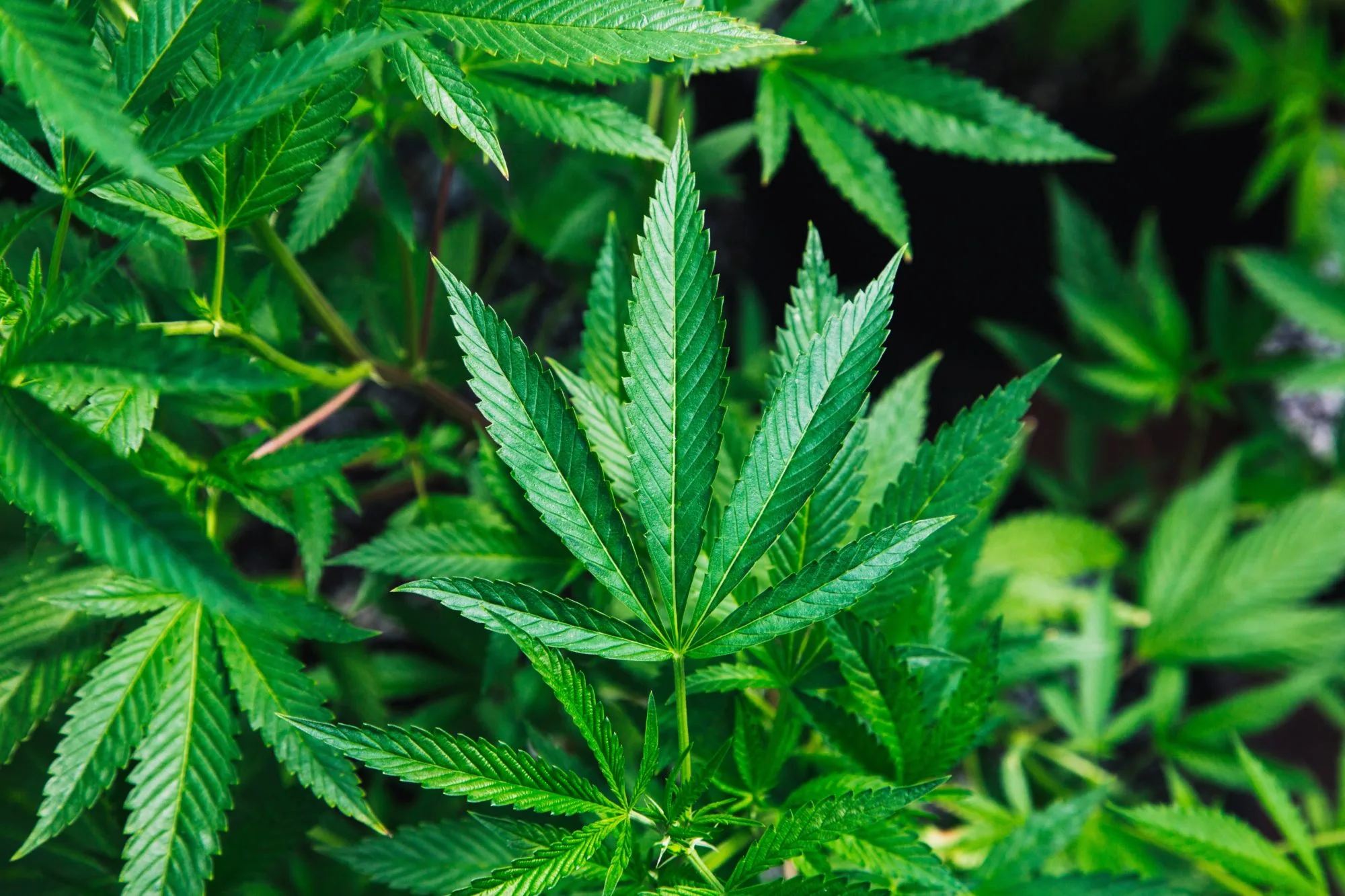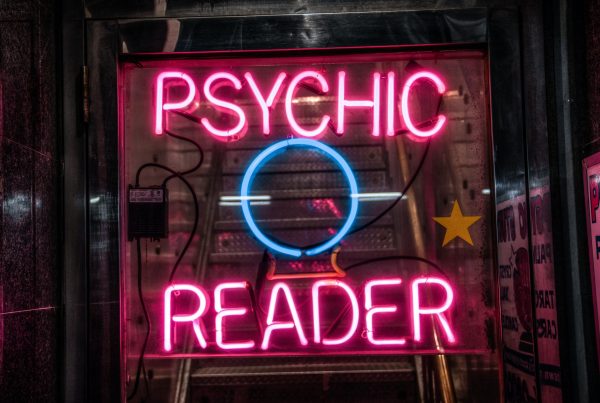There is a plant that can be harnessed to address many of the problems we face in this country: nutrition, employment and environmental damage, for starters. It can be used to make rope, clothes, food, paper, textiles, plastics, insulation and biofuel. This plant is called hemp, and it is banned from being grown in this country.
Why has it been banned?
Our Ministry of Health of Health here in South Africa has decided that, because it is part of the cannabis family, it will make you hallucinate. This is despite the fact that you can smoke hemp all day long without the slightest bit of hallucination. Great discomfort by 5P.M. – but no hallucinations.
The main difference between the two is in its chemical composition, specifically in tetrahydrocannabinol (THC). THC is the chemical responsible marijuana’s psychological effects.An average batch of marijuana contains anywhere from 5-20% THC content. Some premium marijuana can have up to 25-30% THC. Hemp, on the other hand, has a max THC level of 0.3%, essentially making it impossible to feel any psychoactive effect or get a “high”. This threshold is heavily regulated in other countries that have legalized hemp. Hemp also has high cannabidiol (CBD) content that acts as THC’s antagonist, essentially making the minimal amount of THC useless.

We are in a malnourished country. Obesity, starvation and infertility are all forms of malnutrition. we are the third most obese nation on earth. Malnutrition starts in the soil. Glyphosate was patented in 1964 as a descaling agent. so our soil and body are being descaled of micro-nutrients. Hemp, unlike wheat, maize, soya and cotton, is not grown with glyphosate. That automatically means it is more nutritious than any of the aforementioned plants. The most nutritious part of the plant is the seed. I could fill this whole post with the health benefits of hemp seeds, so for brevity, they:
a) Have the correct balance of fatty acids,
b) Contain all nine known essential amino acids, and
c) Are 25% protein
Go and buy some and feel for yourself what they do to your body while you eat them. As the world industrializes and urbanizes, to the cheer-leading of reductionist academia and media, so most rural people move from livelihoods to “deadlihoods”.
Hemp offers an opportunity for redemption. It is the one crop that can be grown without using any pesticides, because it is not eaten by any pests, and it grows so quickly that it crowds out all competition – hence no need for herbicides. Hemp would be the ideal plant to grow, both for small-scale and large-scale farmers, who – as a rule – are under severe pressure from all sides. Imagine the industries that could be spawned from a plant that can be used for rope, clothes, food, paper, textile, plastics, insulation and bio-fuel. To find out more about how hemp can be grown in agriculture, click on the link.
How is hemp being used right now?
The Chinese army – the largest in the world – now uses hemp exclusively for their socks, underwear and T-shirts, as it produces four times the yield of cotton from the same piece of land, and the clothing has antibacterial properties. Cotton is a big problem: 4% of the world’s agricultural land is used to produce cotton, but it uses 24% of the world’s agricultural chemicals. Pesticides, herbicides…all of the ‘cides are not on the side of the farmer or the consumer. They are on the side of the agricultural chemical companies.
Continued petitions to the Minister of Health to unlock the potential of this wonder plant is the best course of action for us. Click here to find out more about the complex issue of medical marijuana.



![women [longevity live]](https://longevitylive.com/wp-content/uploads/2020/01/photo-of-women-walking-down-the-street-1116984-100x100.jpg)











Very interesting comprehensive article – thank you